How to Pick Your Way Out of Handcuffs
How to Pick Your Way Out of Handcuffs
Today we’ll be showing how to pick your way out of Handcuffs using only a bobby pin. We realize this may be a sensitive issue to some out there, as this information in the wrong hands could be detrimental; here’s our take.
The current “swinging bow rachet – type” adjustable handcuff design dates back to 1912 when the Peerless Handcuff Company patented it. Even the “double lock,” that we’ll get into later in the article, came about shortly after this. First off, why are we still using relying on this deprecated technology to keep our officers safe? Why are law enforcement grade handcuffs readily available at nearly any surplus store, readily available to be used on someone during a home invasion? Lastly, why is this simple key design still being used?
It’s an undisputed fact that handcuffs can be picked with a simple bobby pin, which reveals a fundamental problem with the lock design. We feel the more awareness that is brought to this issue, the better.
How to Pick Your Way Out of Handcuffs
Handcuffs, like the Model 100’s made by Smith & Wesson that we’ll show, are in use by Law Enforcement across the United States and abroad and available to purchase by nearly anyone for around $25.
We hope that articles like this help to convince Law Enforcement that changes need to be implemented. Unfortunately one of the main reasons it would take a fundamental change across the country, is the simple key design that almost every model of handcuffs use. Changing the locking mechanism on cuffs would require every single officer to switch to new keys, this could be the main reason no change has ever come about. Especially today, when most law enforcement officers aren’t even issued a trauma kit and solely dependent on EMS in an emergency situation.
Our reason for presenting this information is not only from an awareness perspective, but also a skill-set perspective. The chances of ever winding up in a situation where you’re unlawfully handcuffed against your will (which means not by a law enforcement officer) are slim, but with the knowledge you’ll gain from this article, you might not ever leave the house without a hidden bobby pin again.
At the very least, one stashed in your wallet will provide some peace of mind.
Lock Mechanics
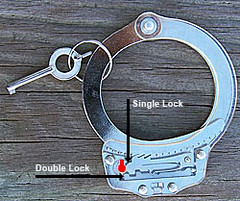 The way a handcuff key works is simple, the key gets inserted into the lock to its stopping point. The stopping point is just enough to allow the key to slip past the handcuff housing and turn free in the lock.
The way a handcuff key works is simple, the key gets inserted into the lock to its stopping point. The stopping point is just enough to allow the key to slip past the handcuff housing and turn free in the lock.
When the key is resting the the proper position, a turn towards the cuff’s direction of travel will release the single lock. The reason we state “towards the cuff’s direction of travel” is that the direction to turn (clockwise or counter) varies with each cuff.
The double lock is set by taking the opposite side of the handcuff key (pin-like end),inserting it into the horizontal slit in the cuff, and pressing it away from the cuff’s direction of travel.
This engages the double lock and prevents the single lock from releasing until the double lock is unlocked. To do this the key must now be turned away from the cuff’s direction of travel.
Once the double lock is unlocked, the key can not be turned towards the cuff’s direction of travel to release the single lock.
Prepping the Bobby Pin
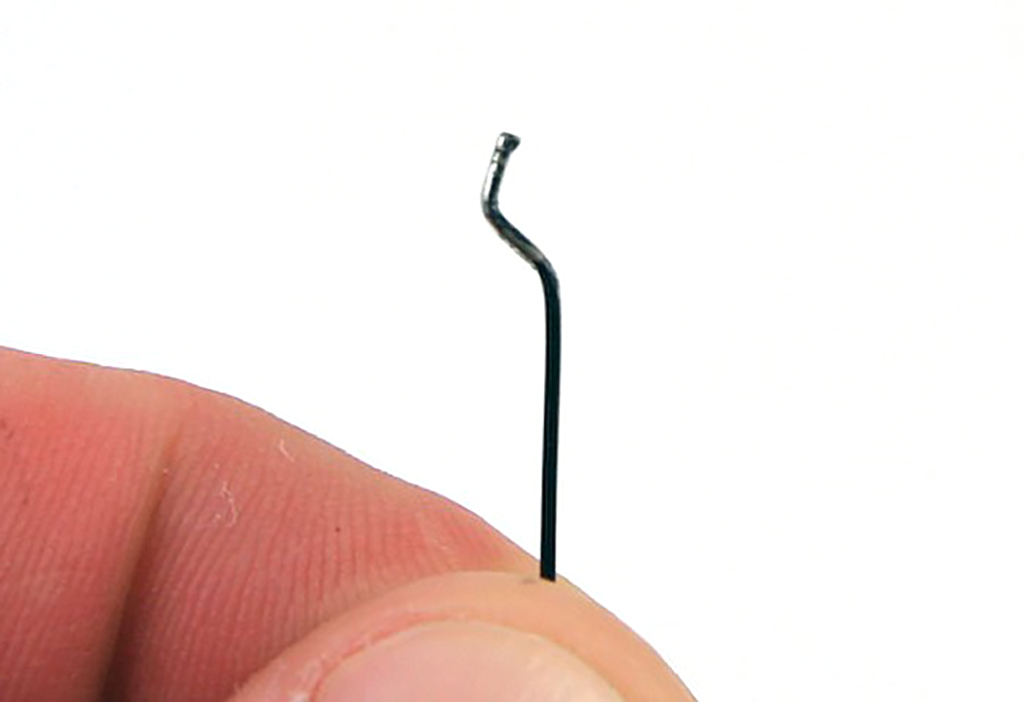
The first step in picking handcuffs is to prep a bobby pin. This is done by bending the bobby pin into a 90Ëš angle and removing the plastic tip at the end of the straight section.
After removing the tip, insert the straight sided bobby pin into the upper portion of the lock on a handcuff. Only insert the pin halfway into the lock, if the pin is inserted all the way in, the proper bend will not be attained.
Next, bend the bobby pin to the left, creating a 90Ëš bend. Insert the pin again halfway past the first bend, and bend to the left 90Ëš. This will create a modified “S” shape (see photo).
Picking the Single Lock
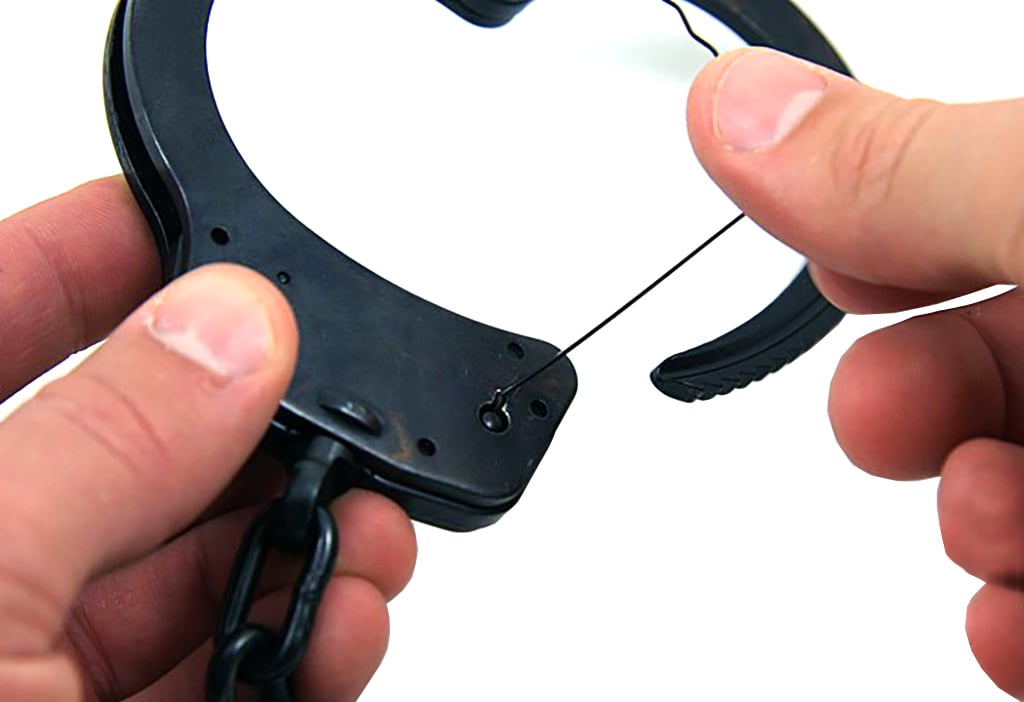
To pick the single lock, insert the pick (bobby pin) into the upper cutout of the lock pointed towards the cuff’s direction of travel.
Once the pick has been inserted and is resting under the handcuff housing, add tension and press the pick towards the cuff’s direction of travel.
This motion will recreate the key’s raised area pressing against the locking mechanism and release the cuff.
It will take a while to become proficient at this, and it truly is a skill, so be patient. We’ve added the video below to help illustrate the technique, as well as a few photos.
The photo that shows the cut-away view of the handcuff above, illustrates where your pick will press in order to release the single lock, as well as the double lock.
We highly recommend that you become proficient at the single lock before moving on to the double lock.
Picking the Double Lock
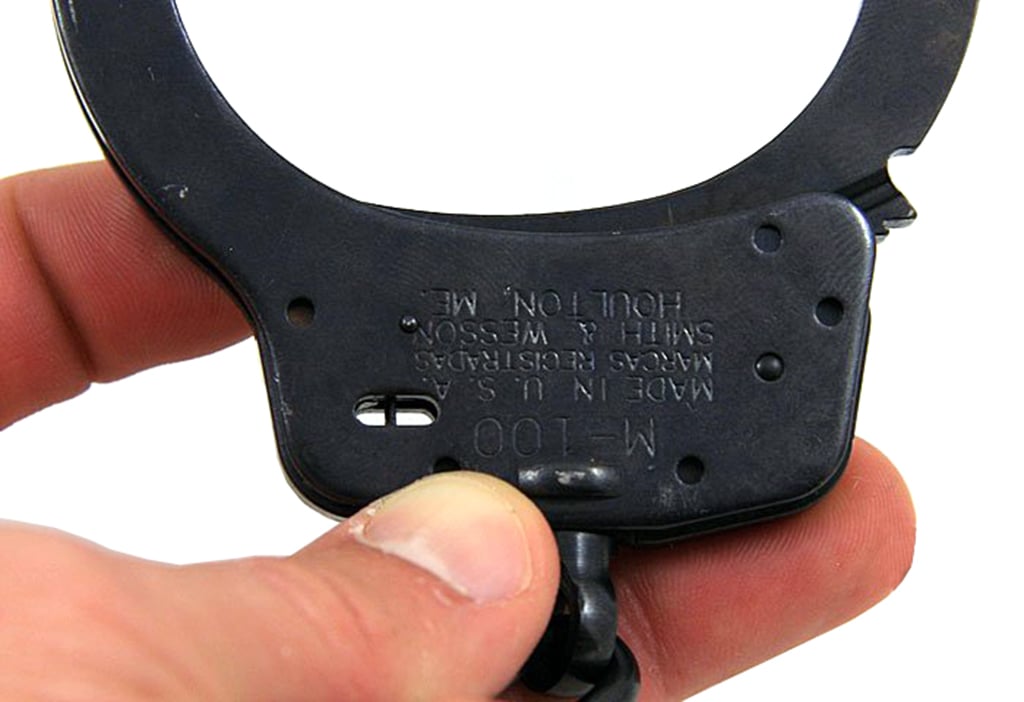
We’ll start explaining picking the double lock by looking at the aforementioned cut-away view of the handcuff. In the photo you can see the arrow pointing at a bar that appears to have a tooth pattern to it.
As we understand it, when the double lock is set, a spring is pushed away from the cuff’s direction of travel taking the tooth-pattern bar along with it. The tooth renders the single lock inoperable .
When the double lock is unlocked the bar slides back over and the single lock can be released again.
To mimic the key unlocking the double lock, insert the pick into the upper cutout of the lock as the single lock, but this time point the pick away from the cuff’s direction of travel.
What must be done is to manuever the pick under the handcuff housing and turn in the direction the key would turn to release the double lock.
The double lock takes more pressure to move and thus requires more tension against the pick. What happens is the pick, when in the right location, presses the bar on the double lock and releases it.
After the double lock is disengaged, you’ll still need to pick the single lock too.
Notes
The best thing to do is get your own pair of handcuffs and study the movement of the key while it’s unlocking the single and double locks, which will give you a better idea of how to maneuver your pick.
Please let us know in the comments if you have any questions regarding this topic, and anything we can elaborate further.
These lock picking tips and techniques provided in this article are only to be used in accordance with all local, state, and federal laws and provided for lock sport (recreational lock picking) use only. Lock sport should be used to learn about the illusion of security, and how to properly protect yourself and your possessions. Don’t do anything illegal.






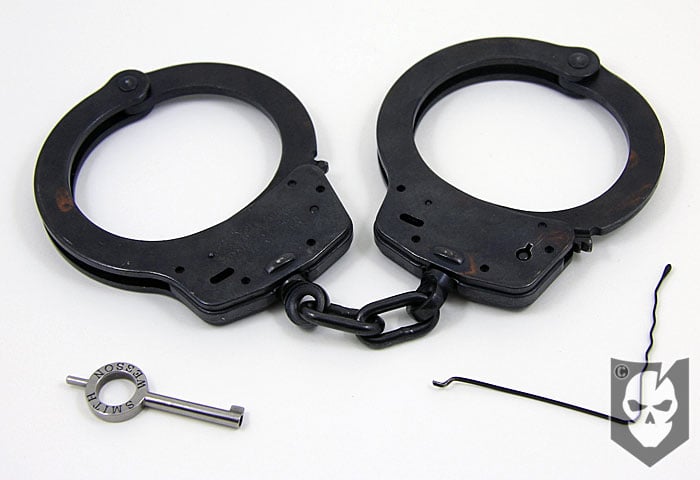
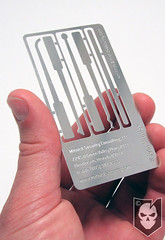
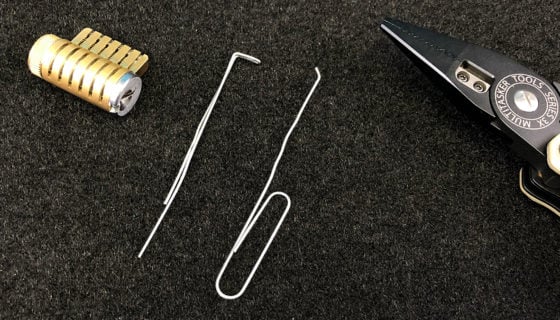
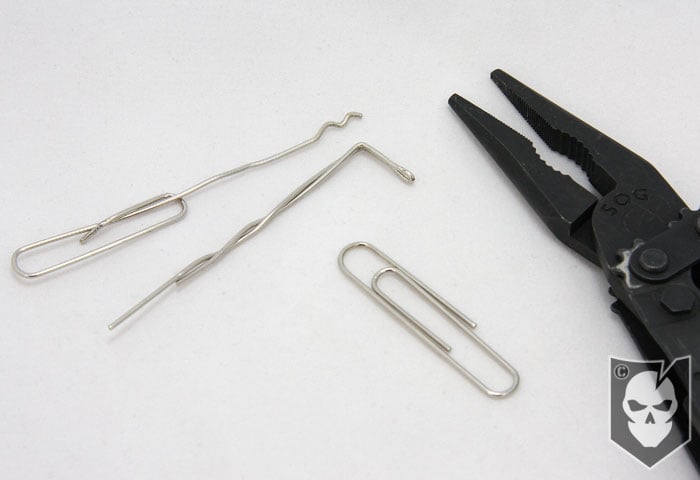

Discussion